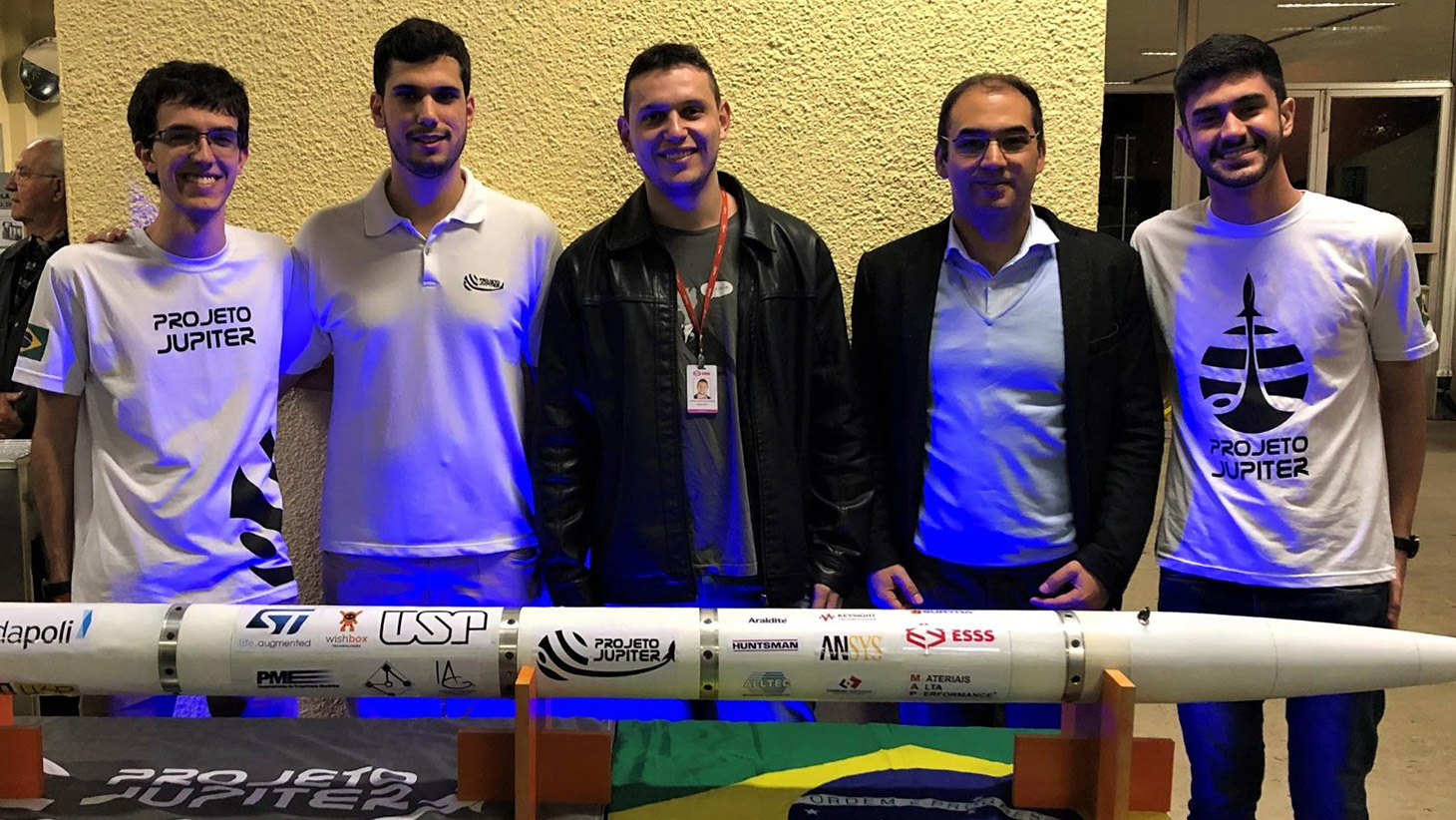
Numerical Simulation in Aerospace Engineering
Aerospace engineering was fundamental to technological development in the second half of the 20th century. Driven by the Cold War, it brought advances and technologies that made it possible to take man to the moon.
Several of these technologies are still present in our day to day life, such as the georeferencing system used in GPS devices. In this same period Computational Fluid Dynamics was developing and would become a major tool for aerospace engineering.
Over time and with the advance of computing, the aerospace industry has come to rely on new design tools, which have been very useful in minimizing or even replacing experimental testing and prototype construction.
In this sense, CFD tools gain a prominent place because they are useful in the design and analysis of rockets in the most diverse phases of the project, ranging from aerodynamics and trajectory simulation, to extremely complex phases such as combustion and re-entry into the atmosphere.
Aerospace Engineering in Brazil
In Brazil, aerospace engineering was developed in the mid 1950s with the founding of the Instituto de Tecnologia Aeronáutica (Aeronautical Technology Institute) in the city of São José dos Campos.
Later, this city would become the Brazilian aeronautical and aerospace hub. In this pole, we have several companies and research institutes of important names in the world scenario, such as Embraer, Avibrás and INPE.
Currently, there are student competitions that aim to complement the technical engineering education focused on the aerospace area. A case in point is USP’s rocket design team, Jupiter Project.
The group aims to build rockets for national and international competitions, mainly for the Intercollegiate Rocket Engineering Competition, IREC, as it is known, which occurs annually and is organized by the Experimental Sounding Rocket Association (ESRA). In 2015 the Jupiter Project became the second Brazilian team to take part in it.
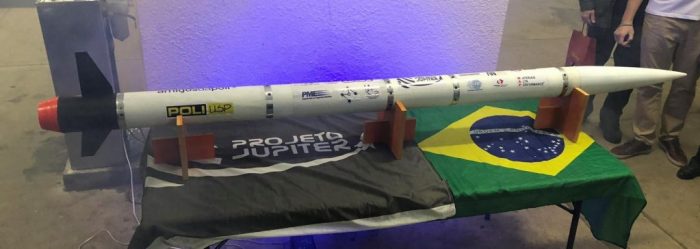
The team has approximately 70 members divided into areas such as aerodynamics, propulsion, electronics, and administration. And it is made up of students from all the engineering areas at USP, as well as students from administration, mathematics, physics, and astronomy.
The design numbers are impressive. This prototype operates with a maximum acceleration of 18.7 G, and reaches a maximum speed of 302.2 m/s. It is designed to reach a maximum height (peak) of 5 km.
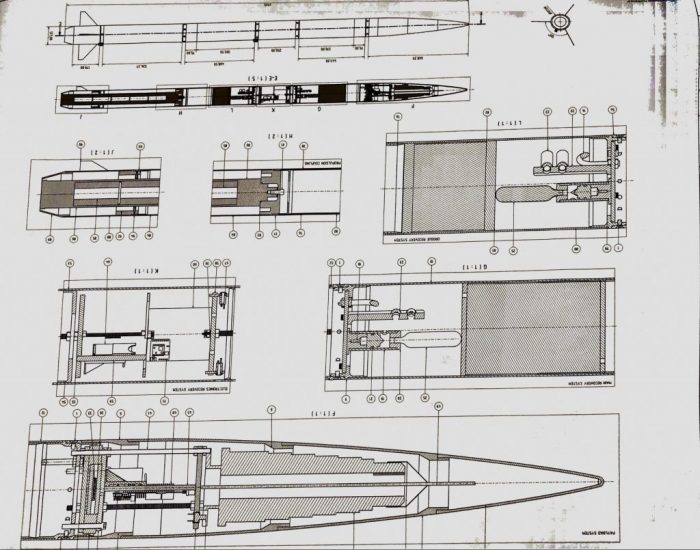
“The teams that participate in this type of competition have a great motivation to overcome challenges in the area of aerospace engineering. And to participate in international competitions representing Brazil is an extra fuel for these students to overcome such challenges and that in fact makes the difference in their education.” Prof. Dr. Bruno Souza Carmo. Mechatronics Engineer and guiding professor of the project.
ESSS believes in and supports the Jupiter Project students. This type of initiative empowers students to use computer simulation and to be more prepared for the job market and to solve increasingly complex challenges in the aerospace industry.
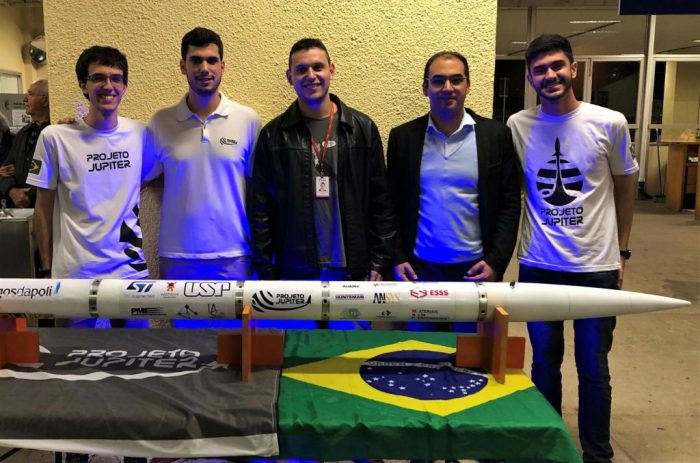
CFD Simulation in Aerospace Design
Launching a rocket involves several challenges in fluid mechanics and thermodynamics, and therefore CFD tools can and should be applied. As we are dealing with velocities exceeding the speed of sound in air, we have to take into account compressibility effects, and therefore the variation in fluid density.
This requires a more sophisticated mathematical treatment, since we need to add two other equations to the traditional CFD equations: an equation of state for the gas and an equation for energy. For most compressible cases, the ideal gas law is a reasonable approximation as an equation of state.
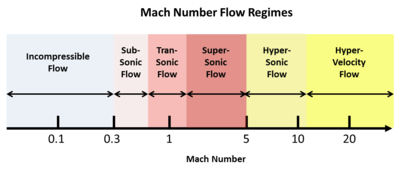
The mathematical complexity increases as the Mach number increases, and after 1 Ma, shock waves start to show up and must be taken into consideration, because they are of total importance in the aerodynamic design of the rocket.

